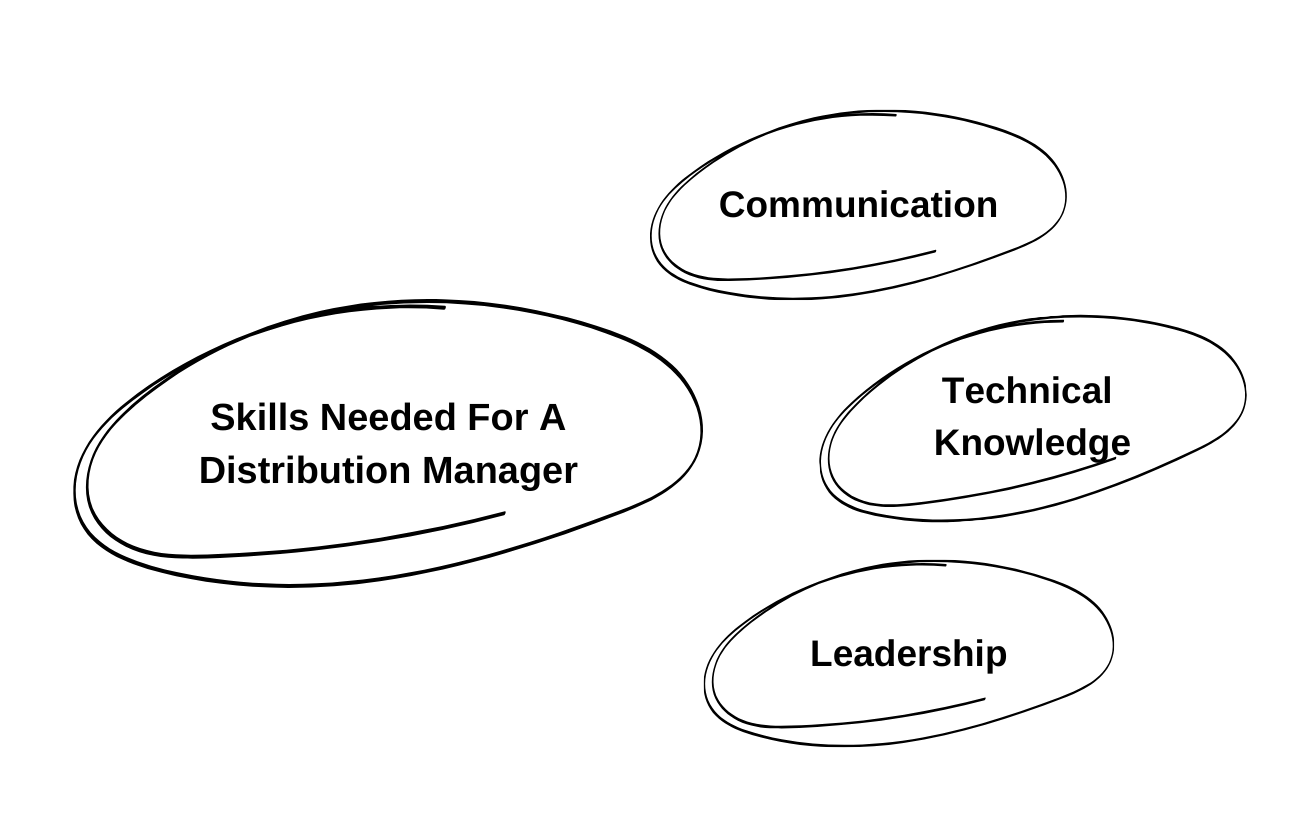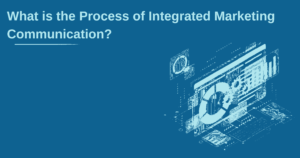Every company earns from selling what they produce. It could be goods or services. It is important that the products they make reach the consumer and get paid. Companies make their profits from what they sell. Sales are very important for every organisation without which it cannot survive. Most companies also depend on a network of intermediaries to give customers access to the goods. They are called distributors or dealers, and these agencies play an important part in every firm. It is why sales and distribution management is a critical function in companies.
The instructor-led online Executive Development Programme In General Management teaches its participants how to manage sales and distributors. More details of this programme are available on our website.
What Are Sales And Distribution Management?
Companies must plan, organise and control the activities of their sales force and distribution networks to ensure that their products reach buyers where and when they need them. It is called sales and distribution management, and this starts with the development of a sales and distribution plan. This plan aligns with the financial goals of the company. Once the plan is in place, both the sales force and the distribution network can be organised in a way to achieve the desired objectives. Though these activities are different, they must coordinate to achieve the required sales volumes.
The sales force is responsible for creating customer demand for the product. They use various methods for this purpose. They do this with the support of the marketing team that will promote the product through various channels. The sales team is also entrusted with explaining the product features and price to the customers and convincing them to buy the item. The distribution network must ensure that the product is available at all the outlets where customers can buy it. Sales and distribution management ensures that both these teams work towards earning the targeted revenue.
Steps In Sales And Distribution Management
Set Sales Objectives
The first step in sales management is to set clear goals and objectives for the sales team. The top management of the company must sit together and finalise their vision and goals for the company. This activity is very important because the firm’s success depends on setting the right objectives. The goals set by the management must be ambitious but realistic. It must align with the financial goals and growth targets of the organisation. They must be set, taking into consideration the strengths and weaknesses of the company and the market demand.
Develop The Strategy
The next step in sales and distribution management is to create a strategy to achieve the set goals. It will define how the company wants to market and sell the product. It also clearly states how the firm plans to achieve its goals. The strategy will also define the activities of the sales team. The strategy includes the complete knowledge of the company’s potential and the market need. It also specifies how marketing is going to contribute to the overall business. Information about competitor performance is also taken into account when creating the strategy.
Devise Tactics
Once the strategy has been created, it is time to implement it. For this reason, the company must develop the necessary tactics. There are different channels through which organisations convey their marketing message to customers. It could be through the internet, brochures or advertisements in social and other media. These tactics are not just part of the sales and distribution management process. They also help to attract investment to the company. Lenders or investors must be convinced of both the strategy and tactics that are designed by the company.
Sales And Distribution Management Process
Planning
It is the process of making decisions concerning the goals of the organisation. It is a roadmap with which the company can proceed to further action and put together the resources for the same. Sales planning starts with setting a goal based on the revenue and profit the company aims to earn. It also includes sales forecasting and demand management. These are important steps on which basis that all actions like sourcing, production, stocking, etc. will happen. A sales plan is a part of sales and distribution management where the specifics about sales of each product will be mentioned.
Acquiring Resources
There are many resources that the organisation needs to execute their sales plan. Money is needed for sales and marketing activities. The company must allocate a budget for these activities while ensuring they get good returns on their spending. Materials resources will include raw materials for producing goods and other items needed for selling the products in the market. These include packing materials and marketing aids. The other important resource part of sales and distribution management is human resources.
Staffing
The company must have enough skilled people to implement sales plans and manage the distribution network. The organisation must either find the correct people for each position, failing which it cannot achieve its revenue goals. Staffing includes acquiring people from the market for each position. The next step is assigning each of these employees to the specific job for which they are recruited. Another important step in staffing is the retention of employees. The company must also ensure that good workers stay in the company and contribute to its achievement of business goals.
Training
Training is an important part of sales and distribution management. The company must train the recruited people in skills that are essential for their jobs. Sales personnel must be trained in selling, handling customers and presenting the product features. Those involved in distribution management must know how to expand the network and ensure maximum reach for the company’s products. It is not just enough to train them for their respective jobs. Recruits must also be trained about the company’s culture and how they must interact with others.
Also Read: Models of Quality Assurance: Definition, Meaning & Frameworks
Leading
All employees need leaders. Without leaders, it is not possible to bring together a set of diverse people to work together. Those leading the team must make sure that every member contributes to the success of the team and the company. Those in charge of the sales force must be able to impart knowledge about various sales tactics to those under them. They must teach the sales team about the latest techniques and tools that are useful in achieving their sales goals. Leaders must also be able to evaluate the team members and provide the necessary support for improvement.
Controlling
It is not enough to lead the team. The leaders must also know how to control the sales force and get them to achieve objectives. Those leading the force must be able to ensure that every employee works as per the norms laid down by the company. They must detect if there is any deviation and take corrective steps. This is not limited to the sales force. As part of the sales and distribution management team, they must also control outside agencies like distributors to ensure they don’t violate company regulations.
Performance
Performance can be defined as how a person has completed a given task. Different people complete their jobs at different levels. The leaders must assess the performance of each member of the team. Those who do exceedingly well must be rewarded. Some companies give incentives of various sorts to those who achieve their sales objectives. Those who perform below the desired level will be given the necessary support to improve themselves. Assessment of the performance of distributors is also part of sales and distribution management.
You will learn everything about the process of sales and distribution in the Executive Development Programme In General Management offered by reputed institutions in India. You may visit our website to learn more about the course and how it will help you perform your jobs better.
Different Methods Of Sales
Different companies adopt different methods to sell their product. Some products are sold directly to the customer, whereas others go through a network of distributors and retailers. Some products are only made after a customer has placed an order. Let us see some of the sales methods.
Direct Sales
It is a method where the product is sold directly by the manufacturer to the customer. It is either done directly from the production facility or through the company’s offices in various places. There is no involvement of an outside agency in this type of sales. Many companies today sell their products directly through their websites without involving any intermediary. Products that are expensive and customised are sold by the organisation directly to the end user. Some companies use their outlets to sell their products. Bata is one such example.
Indirect Sales
In this kind of sales method, there is much importance for sales and distribution management as there is third-party involvement in sales, and these agencies need to be managed well. In this method of selling a product, the company enters into a contract with various agencies to sell the product. They are commonly known as distributors. These distributors may either sell the product to the end-user or to retail shops from where customers can buy the goods. This is a common method of sales, and here the distributors dictate their terms for the sales of goods.
Door To Door Sales
In this type of sales, the company’s sales executive goes to the customer’s house and sells the product. This is used by many companies, especially in the initial stages of launching a product. In this type of sales, the company’s salesperson must be skilled enough to convince the buyer in one attempt and sell the product. They must be able to strike up a conversation with the consumer and immediately build a rapport. The sales agent must also be equipped to receive payment and provide a receipt for the same.
Also Read: What is Quality Assurance Plan? 9 Steps to Create a Great Plan
B2B Sales
When a company sells a product to another company that manufactures the end product for the consumer, it is called business-to-business sales. One of the most common examples is the sale of various parts to car manufacturers. Many electronic goods are also made by purchasing components from other manufacturers. In some cases, the company that sells the product may not manufacture anything and will only be affixing its brand name. The sales and distribution management teams in B2B companies are technically sound and have good negotiating skills.
E-Commerce
This is presently one of the most common ways of selling a product to the consumer. The company sells the products online either through their website or using other online selling platforms. Almost everything is now available for sale online. One can buy all popular brands through various E-commerce platforms. These platforms sell the products using their supply chain network. All these products also carry a warranty offered by the manufacturing company. Many companies only sell their products online. They save a lot on infrastructure and manpower expenses.
Selling Techniques
Companies use different selling techniques to sell their products. The ultimate aim of all companies is to sell their goods and earn profits. But not all products can be sold using the same method. This is why these four techniques have come into existence.
Transactional Selling
This is one of the most popularly used methods. Here the focus is on the product. The salespersons establish contact with the customer. They develop a relationship and explain the benefits of the product. This type of sale is mostly one-time and short-term. It is used by companies that are aiming at pushing their products to more customers. The focus of this sale is on the benefits of the product. Customers know they have a need and also the product that will satisfy the need. In this type of sales and distribution management, the aim is to achieve sales targets.
Solution Selling
The companies that do solution selling are also looking to push their goods to the maximum number of customers. But here, they discuss the customers’ needs and offer a solution for the same. It is about discussing the pain points with the buyer and matching the product to them. Instead of only highlighting the benefits of the product, in this case, the company presents the item as a solution to the buyer’s problems. This type of selling is usually long-term, and the customer is more aware of the product features.
Consultative Selling
You will learn in your sales and distribution management course that this method is more difficult than the earlier ones. Here the customer is aware of his problems but doesn’t admit that it is severe enough to need a new solution. The company must explain the technological advantage of the product to the customers. The sale is bound to take longer to complete than the above methods. This sale doesn’t happen only by building relationships. Technical experts must convince users why they should change to a new product. There are more chances of getting customer references in this type of sale.
Provocative Selling
It is the kind where the customer is not aware of a need. The salesperson must create the need and show the product is the ideal solution. In many cases, the sales team must shock buyers into realising that there was a problem that they were not aware of. In some cases, the company tells customers that they have been using the wrong solution and it is time to change to a better one. In this case, it is not the product or the solution that matters. The salesperson must change the customer’s thinking.
Skills Needed For A Distribution Manager

Communication
This is a vital skill needed for anyone in the sales and distribution management team. It is necessary to negotiate prices and terms with various outside agencies like vendors, logistics partners and distributors. Written communication is also essential for these professionals as they need to convey changes in terms to the distributors.
Technical Knowledge
Distribution managers are increasingly using various software and applications to keep track of stocks and ensure proper order execution. Being technically proficient will help them find out the best solutions for completing their duties successfully. This skill will also help them share information with others in the supply chain quickly and efficiently.
Leadership
Distribution managers supervise the activities of various employees in the department. They must have the leadership skills to inspire these staff members to function to their full ability. They will use the ability to help others improve their performance and move forward in their careers. The skill will also help them manage time in a better way and remain organised in their job.
You can acquire these skills in the Executive Development Programme In General Management offered by reputed institutions. You can learn more about this course on our website.
Summing Up
Sales and distribution management is a critical function in any organisation. As a member of the team, you play a major role in helping the company achieve its revenue goals and earn good profits. It is a department that provides ample opportunities to prove your capabilities. It means that your chances of moving forward in your job are better in this business division. As a salesperson, you can meet a lot of people outside the company and develop a good network. This will help you in your present job and help you find better opportunities.
More Information:
What is Electronic Data Interchange in SCM? 11 Things to know
Top Interview Questions on Change Management in 2023
Best IIT Certificate Courses For Working Professionals in 2023






_1672046778.jpg)





















